After more than a decade working in the materials and manufacturing industry, specializing in adhesives and polymers, I’ve tackled countless questions about bonding different materials. One query that pops up frequently, especially among product designers and engineers, is whether adhesive-backed nylon strips can reliably stick to thermoplastic elastomers (TPE). It’s a practical concern for anyone developing products like wearable devices, automotive components, or consumer goods, where TPE’s soft, flexible properties meet the need for secure fastening solutions. Drawing from my experience testing adhesives, consulting on product assembly, and troubleshooting bonding issues, I’ll explore how well these strips adhere to TPE, what factors affect the bond, and how to ensure a strong, lasting connection.
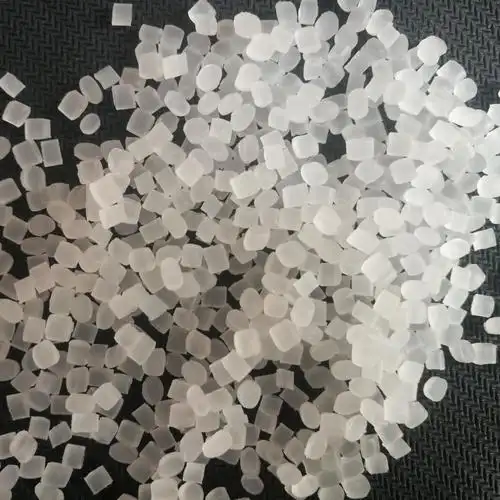
Understanding the Materials: Nylon Strips and TPE
To answer whether adhesive-backed nylon strips can stick to TPE, let’s first break down the materials involved.
Adhesive-Backed Nylon Strips
Nylon strips, often used as hook-and-loop fasteners (think Velcro), are typically made from woven nylon fibers with a pressure-sensitive adhesive (PSA) backing, such as acrylic, rubber, or hot-melt adhesives. These strips are popular for their durability, flexibility, and ease of application, making them ideal for temporary or reusable fastening in industries like automotive, medical, and consumer electronics. The adhesive’s performance depends on its chemical composition, tackiness, and ability to bond with the substrate.
Thermoplastic Elastomers (TPE)
TPEs are a class of flexible, rubber-like polymers that combine the elasticity of rubber with the processability of plastics. Common TPE types include styrenic block copolymers (SBCs), thermoplastic polyurethanes (TPU), and thermoplastic olefins (TPO). TPEs are widely used for soft-touch grips, seals, medical tubing, and wearable bands due to their flexibility, durability, and comfort. However, TPE surfaces can be challenging to bond because of their low surface energy, smooth texture, and sometimes oily or waxy additives.
I once worked with a client designing a TPE fitness tracker band that needed a nylon hook-and-loop strap. They struggled with the adhesive peeling off after a few weeks of use. This experience taught me that bonding nylon strips to TPE isn’t straightforward—it requires careful consideration of surface properties and adhesive selection.
Can Adhesive-Backed Nylon Strips Stick to TPE?
The short answer is: yes, adhesive-backed nylon strips can stick to TPE, but the bond’s strength and durability depend on several factors. TPE’s low surface energy (typically 20–30 dynes/cm, compared to 38–50 dynes/cm for metals or glass) makes it a “difficult-to-bond” material, similar to polyethylene or silicone. Standard adhesives on nylon strips may struggle to form a strong bond without proper preparation or adhesive optimization.
In my experience, achieving a reliable bond is possible with the right approach. Let’s dive into the key factors that determine success, the challenges you might face, and practical solutions to make it work.
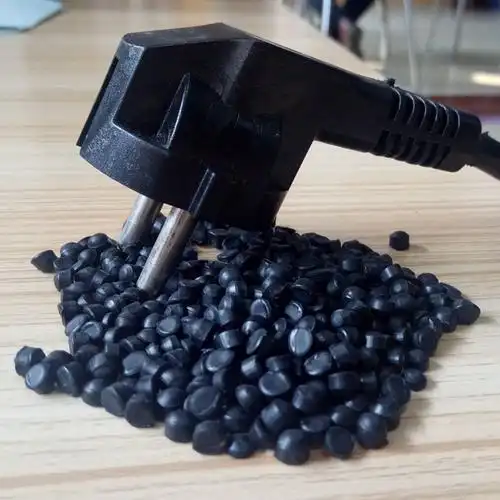
Factors Affecting Adhesion to TPE
Based on years of testing and troubleshooting, here are the main factors that influence whether adhesive-backed nylon strips will stick to TPE:
1. Surface Energy of TPE
Low surface energy is the biggest hurdle. TPE surfaces repel adhesives unless treated to increase their wettability—the ability of the adhesive to spread and bond effectively. Without treatment, the adhesive may form weak bonds that peel off easily, especially under stress or environmental exposure.
2. Adhesive Type
The adhesive on the nylon strip must be compatible with TPE’s non-polar surface. Common adhesives include:
Acrylic PSAs: Durable, resistant to UV and temperature, but may need priming for TPE.
Rubber-Based PSAs: High initial tack but less durable long-term.
Hot-Melt Adhesives: Strong for some TPEs but sensitive to heat cycles.
I’ve found that acrylic PSAs with high tack formulations perform best on TPE, especially when combined with surface treatments.
3. Surface Cleanliness
Contaminants like mold release agents, oils, or dust on TPE surfaces can weaken adhesion. Many TPEs are molded with release agents that create a slippery film, reducing bond strength. Cleaning the surface thoroughly is critical.
4. Surface Texture
Smooth TPE surfaces offer less mechanical grip for adhesives compared to textured or rough surfaces. Some TPE parts are intentionally glossy for aesthetics, which can make bonding harder.
5. Environmental Factors
The bond must withstand temperature fluctuations, humidity, UV exposure, or chemicals (e.g., sweat or cleaning agents) in the product’s environment. For example, a TPE wearable with a nylon strap may face moisture and heat during use, challenging the adhesive’s durability.
6. Application Technique
Proper application—pressure, dwell time, and alignment—affects bond strength. Insufficient pressure or rushed application can lead to air bubbles or weak adhesion.

Challenges of Bonding Nylon Strips to TPE
Even with the right adhesive, bonding nylon strips to TPE comes with challenges:
Peeling Over Time: Weak bonds may fail under shear stress or repeated flexing, common in applications like wearable straps.
Inconsistent TPE Formulations: TPEs vary widely in additives (e.g., plasticizers, fillers), affecting adhesion. A strip that sticks to one TPE grade may fail on another.
Cost of Surface Treatments: Methods like priming or plasma treatment add cost and complexity to production.
Environmental Durability: Adhesives may degrade in humid or UV-exposed conditions, causing the strip to lift.
Aesthetic Concerns: Surface treatments or primers can alter the TPE’s appearance or texture, which may be undesirable for visible parts.
I recall a project where a TPE automotive seal needed a nylon fastener strip. The adhesive initially stuck well but peeled after exposure to engine heat and oil. Switching to a heat-resistant acrylic PSA and using a primer solved the issue, but it required extensive testing.
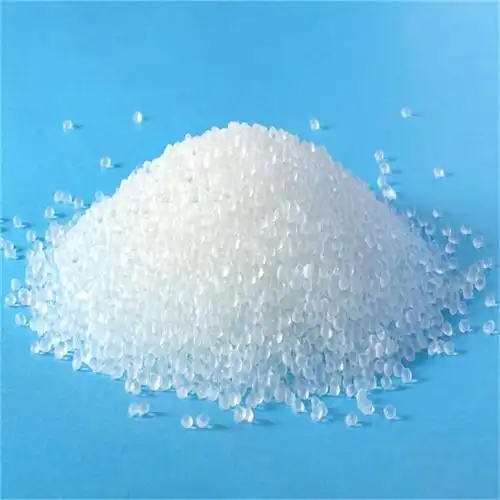
How to Ensure Strong Adhesion to TPE
Based on my experience, here are practical steps to make adhesive-backed nylon strips stick reliably to TPE:
1. Surface Preparation
Clean the Surface: Wipe the TPE with isopropyl alcohol (IPA) or a degreaser to remove oils, mold release agents, or dust. I recommend a 70% IPA solution for most TPEs.
Abrade Lightly: If the TPE allows, use fine sandpaper (e.g., 400-grit) or a scotch-brite pad to roughen the surface, increasing mechanical grip. Test first to avoid damaging the appearance.
Use Surface Treatments:
Primers: Apply a TPE-specific primer (e.g., 3M Primer 94) to boost surface energy. Primers create a chemical bridge between the TPE and adhesive.
Plasma or Corona Treatment: These increase surface energy by altering the TPE’s molecular structure. I’ve seen plasma treatment double bond strength on TPU parts.
Flame Treatment: A controlled flame can enhance adhesion but requires precision to avoid damaging the TPE.
2. Choose the Right Adhesive
Work with your supplier to select a high-tack acrylic PSA formulated for low-energy surfaces. Brands like 3M, Tesa, or Avery Dennison offer TPE-compatible adhesives.
Request adhesion test data for your specific TPE grade. Suppliers often provide peel strength or shear resistance metrics.
Consider double-sided adhesive tapes with a nylon backing if the strip’s adhesive isn’t TPE-compatible.
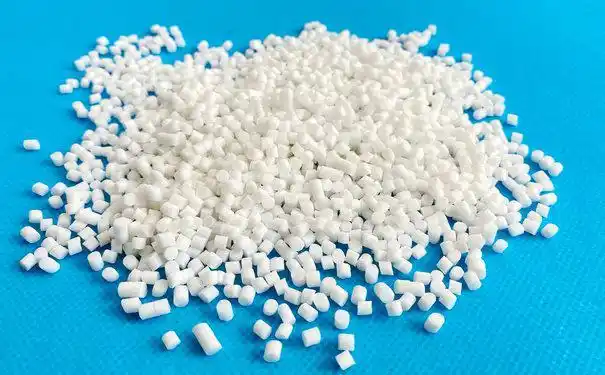
3. Optimize Application
Apply firm, even pressure for at least 10–15 seconds to ensure full contact. Use a roller or press for large strips.
Allow 24–48 hours of dwell time for the adhesive to reach maximum strength before stressing the bond.
Apply at room temperature (20–25°C) to avoid weak bonds from cold surfaces.
4. Test for Durability
Conduct peel tests (e.g., ASTM D903) or shear tests to verify bond strength under expected conditions.
Simulate environmental exposure—heat, humidity, UV, or chemicals—to ensure long-term performance. I’ve helped clients set up accelerated aging tests to predict bond lifespan.
Test with multiple TPE samples, as batch variations can affect results.
5. Consider Alternative Fastening Methods
If adhesion remains unreliable, explore mechanical fastening (e.g., sewing or clips) or overmolding the nylon strip onto the TPE during production. A client making TPE shoe straps switched to sewn nylon fasteners when adhesives failed under flexing.
6. Collaborate with Suppliers
Share your TPE formulation and application requirements with the adhesive supplier. They can recommend custom solutions or conduct bonding trials.
Work with your TPE supplier to select a grade with higher surface energy or fewer additives for better adhesion.
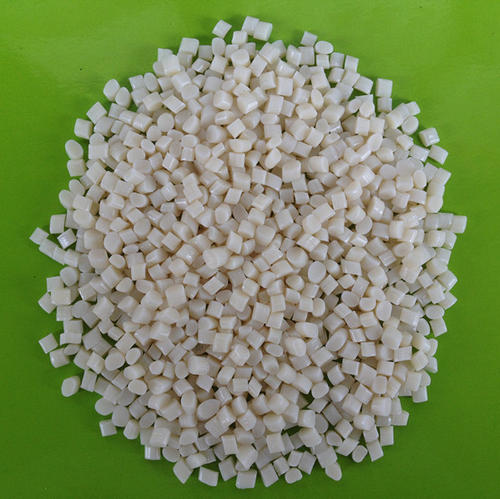
Comparison Table of Adhesion Solutions for TPE
Here’s a table summarizing key approaches to bonding nylon strips to TPE:
|
Solution |
Description |
Benefits |
Challenges |
|---|---|---|---|
|
Surface Cleaning |
Wipe with IPA or degreaser |
Simple, low-cost, improves bond |
May not suffice for low-energy TPEs |
|
Primers |
Chemical coating to boost surface energy |
Strong bond, widely available |
Adds cost, may alter appearance |
|
Plasma Treatment |
Alters surface molecular structure |
High bond strength, no residue |
Requires specialized equipment, costly |
|
High-Tack Acrylic PSA |
Adhesive formulated for low-energy surfaces |
Durable, UV-resistant, easy to apply |
Needs testing for specific TPE grades |
This table provides a quick reference, but let’s look at how these solutions work in real-world scenarios.
Real-World Examples of Bonding Nylon Strips to TPE
I’ve helped clients across industries bond nylon strips to TPE. Here are two examples:
Wearable Fitness Tracker: A company producing TPU wristbands needed nylon hook-and-loop straps to stay secure during exercise. Initial attempts failed due to sweat exposure and low surface energy. We used plasma treatment to increase the TPU’s surface energy and applied a 3M high-tack acrylic PSA. The bond held through humidity tests and months of use.
Automotive Dashboard Trim: A manufacturer used TPE soft-touch panels with nylon fastener strips for cable management. The strips peeled off under high temperatures. We switched to a heat-resistant acrylic PSA, cleaned the TPE with IPA, and applied a primer. The bond passed 80°C aging tests, ensuring durability in the car’s interior.
These cases show that while challenges exist, a tailored approach can achieve reliable adhesion.

Challenges and Considerations
Bonding nylon strips to TPE isn’t always smooth sailing. Here are some hurdles I’ve encountered:
TPE Variability: Different TPE grades (e.g., SBC vs. TPU) behave differently, requiring specific adhesives or treatments.
Cost of Treatments: Plasma or corona equipment can cost $10,000–$50,000, a barrier for small manufacturers.
Environmental Durability: Bonds may weaken in extreme conditions (e.g., prolonged UV or chemical exposure), requiring rigorous testing.
Production Scalability: Surface treatments like priming or plasma can slow production, impacting high-volume lines.
Aesthetic Impact: Treatments may change the TPE’s gloss or texture, which can be an issue for visible parts.
The Bigger Picture: Why Adhesion Matters
Getting adhesive-backed nylon strips to stick to TPE is more than a technical challenge—it’s about ensuring product reliability, user satisfaction, and cost-effectiveness. A weak bond can lead to product failures, customer complaints, or costly recalls, especially in high-stakes industries like medical or automotive. Conversely, a strong bond enhances durability and functionality, giving your product a competitive edge.
I’ve seen firsthand how solving adhesion issues can transform a project. A client making TPE medical braces went from frequent returns to glowing reviews after we optimized their nylon strap bonding process. It’s a reminder that small details, like adhesive performance, can have a big impact.

Future Trends in Bonding TPE
The industry is evolving to make bonding TPE easier. New TPE formulations with higher surface energy or built-in adhesion promoters are emerging, reducing the need for treatments. Advanced PSAs with nanotechnology are improving tack on low-energy surfaces. I recently spoke with an adhesive supplier developing UV-curable adhesives that bond instantly to TPE, which could streamline production.
Automation is also playing a role, with robotic applicators ensuring precise pressure and alignment for nylon strips. These innovations are making TPE bonding more reliable and cost-effective, even for challenging applications.
Final Thoughts
Adhesive-backed nylon strips can indeed stick to TPE, but achieving a strong, lasting bond requires careful attention to surface preparation, adhesive selection, and application technique. By cleaning, treating, and testing the TPE surface, and choosing a high-tack acrylic PSA, you can overcome TPE’s low surface energy and ensure durability, even in demanding environments.
From my years in the industry, I’ve learned that successful bonding is about preparation and collaboration. Whether you’re designing wearables, automotive parts, or consumer goods, work closely with your adhesive and TPE suppliers, invest in testing, and don’t shy away from treatments like primers or plasma. With the right approach, you can create products that are both functional and reliable, keeping your customers happy and your production line humming.
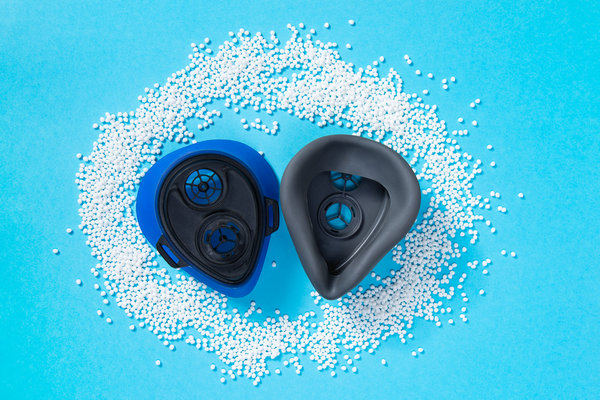
Related Questions and Answers
Q: What’s the best adhesive for bonding nylon strips to TPE?
A: High-tack acrylic PSAs, like those from 3M or Tesa, work best for TPE, especially with primers or plasma treatment. Test with your specific TPE grade for optimal results.
Q: Can I bond nylon strips to TPE without surface treatment?
A: It’s possible with high-tack adhesives, but cleaning with IPA and using a primer significantly improves bond strength, especially for long-term durability.
Q: How do I test if a nylon strip will stick to my TPE part?
A: Perform peel tests (e.g., ASTM D903) and environmental aging tests (heat, humidity, UV) to verify bond strength. Work with your supplier for adhesion data on your TPE.
Q: Are there TPE grades that are easier to bond to?
A: Yes, some TPU or SBC grades with higher surface energy or fewer additives bond better. Ask your TPE supplier for adhesion-friendly formulations.





